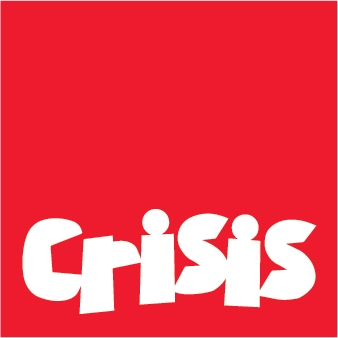Crisis responds to annual rough sleeping figures
27.02.2020
The Government’s annual rough sleeping statistics for England, published today, found an estimated 4266 people to be sleeping rough on any given night in Autumn 2019, which is a 9% decrease from last year.
Jon Sparkes, Chief Executive of Crisis, said: “It’s great news to see any reduction in the numbers of people rough sleeping – fewer people sleeping on our streets means fewer people exposed to exploitation, extreme weather and the threat of violence. But unless we see people being offered homes, not hostels, we know from experience that people will return to the streets.
“To truly end rough sleeping, the Government must recognise the intolerable pressure many in society are under with low incomes, high rents and a lack of affordable housing pushing people into homelessness. The reality is that this problem will persist until we build the social homes we desperately need and restore housing benefit to a level where it covers the cost of rents.”
Background:
Since 2018 the government has invested £188 million in the Rough Sleeping Initiative fund. Local authorities, charities and other organisations will use this to fund up to 6,000 bed spaces and 2,500 staff including specialist support workers such as Rough Sleeping Coordinators, navigators, and specialist health and care staff.
Limited supply and a lack of access to affordable housing has meant that local authorities increasingly have to rely on placing people experiencing homelessness in temporary accommodation, including hostels and B&Bs. The use of temporary accommodation in England had been growing substantially – increasing by 78% since 2011.
How the count is conducted:
The government’s annual rough sleeping count is based on a snapshot of a single night, either through a physical street count, or an estimate of the number of people sleeping rough in a local area. It is the only official data available in England.
The system has improved somewhat over the years and has helped provide more of an insight into the scale of the problem than we had in the past. But it’s still not doing the job it needs to.
This disparity is because the government’s counts and estimates inevitably miss a significant number of people living on the streets, including those not sleeping rough when the count takes place, those hidden from view, and those who aren’t bedded down for the night. In areas where there aren't commissioned outreach teams it is more likely that people are missed.
Crucially, these figures are a small part of a much bigger picture. Rough sleeping is the most visible form of homelessness and while tackling it is vital, there are currently tens of thousands of homeless people hidden from view, sleeping on floors and sofas or stuck in hostels, shelters and B&Bs.



